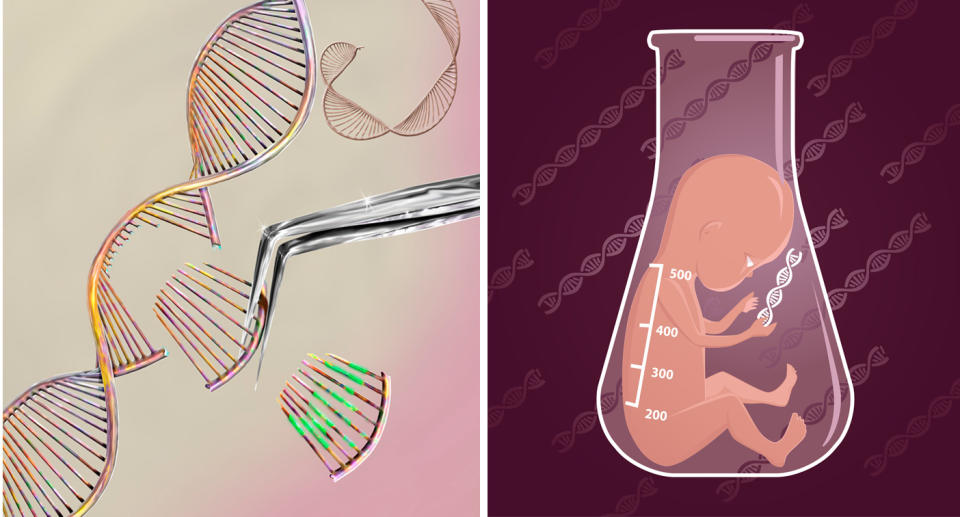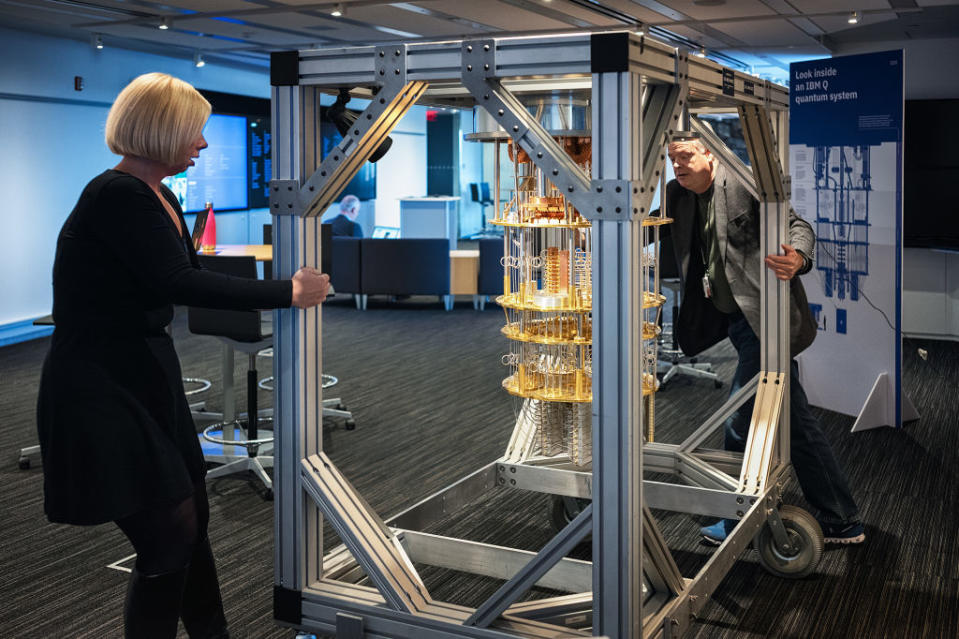Brave new world: Five big tech trends to expect in 2020
Advances in science and technology take place at an increasingly rapid pace these days and 2020 is set to be a big year in tech advancements. Here’s the big trends to watch and how they will affect you this coming year.
5G really, really takes hold
You’ve no doubt heard a lot about 5G and 2019 was the year it finally arrived. But 2020, is the year it will truly begin to edge towards the mainstream as Telstra bolsters the rollout of its 5G mobile network and Optus joins the party in earnest.
5G promises much faster speeds, much greater data allowances and more simultaneous connections amid growing demand for our various smart devices to talk to each other.
While the rise in connected devices (think smart metres for agriculture and sensors used in transport logistics) will give rise to what’s described as the Internet of Things (IoT), most people are just excited to be able to soon have the ability to download an HD movies in seconds, as 5G will be capable of delivering download speeds up to 20 times faster than the standard 4G.
4G versus 5G at Sydney's Town Hall. pic.twitter.com/TuPI8GlbeJ
— Nick Whigham (@NWWhigham) July 20, 2019
READ MORE: Why are people protesting 5G?
Smartphones that can connect to 5G networks landed in Australia in 2019 with Samsung and Oppo among the brands releasing a 5G device.
It remains to be seen if Apple releases a 5G phone this year. If it does, it likely wouldn’t be until September.
Regardless, in 2020 we can expect more connectivity, the availability of much faster mobile data speeds and lower latency, paving the way for futuristic applications like robot surgery and better autonomous vehicles.
Deepfakes subvert reality online
In just a few years, the quality and accuracy of machine systems that create fake videos has improved dramatically and it’s not showing any signs of slowing down.
Known as deepfakes, the clips can be generated with a variety of deep learning or machine learning techniques that essentially crunch huge reams of data to reproduce realistic-looking video content.
And now, the technology is at the point where freely-available online tools are putting the ability to create these videos in the hands of ordinary users.
As a result, we can likely expect to see more dubious videos of public figures being circulated on social media.
Positively frightening. No, that’s too mild; it’s horrifying. Tech like this can create instant mobs & propagate conflict & instability. Just as scary is that gives an alibi to those who have IN REALITY said something condemnable. They would just label the video a deepfake! pic.twitter.com/DtCb0mlyU7
— anand mahindra (@anandmahindra) December 7, 2019
Speaking to Yahoo News Australia in October, the head of machine learning at CSIRO’s Data 61, Dr Richard Nock, said he expects to quality of deepfakes to ramp up significantly.
“If you consider deepfakes alone, it’s probably useful to keep in mind these technologies are going to get better and better,” he said.
“I would expect that the quality of deepfakes are going to ramp up even more.
“The limit of these technologies are currently more a limit of the imagination of researchers rather than a limit of the machine.”
Genetically-modified babies
In November 2018, a previously unknown scientist rocked the scientific community by announcing he helped make the world’s first genetically-edited babies.
He Jiankui, of Southern University of Science and Technology of China, said he altered the DNA of twin girls in an attempt to help them resist possible future infection with the AIDS virus — a dubious goal, ethically and scientifically.
He claimed to use a highly touted technology known as CRISPR, which can be thought of as a pair of molecular scissors that allow scientists to alter genes with precision, cutting out unwanted ones.
The (still largely unverified) bombshell claim of the Chinese scientist heightened fears over so-called ‘designer babies’ and more than 100 scientists signed a petition calling for greater oversight on gene editing experiments.
On December 30, 2019, China announced it had convicted researchers involved in the births.
But it’s clear the genie is out of the bottle.

Russian biologist Denis Rebrikov in October revealed his intention to create gene-edited babies resistant to HIV by using the CRIPSR technology. He is also using the gene-editing science to tinker with genes in human eggs donated by women to who can hear, in a quest to learn how to allow deaf couples to give birth to children without genetic mutations that impair hearing, the journal Nature reported in October.
After bursting onto the scene in 2012, CRISPR promised to revolutionise medicine. It’s a promise that still holds true, and 2020 will surely continue to see humans flirt with the idea of playing God.
A new leap in quantum computing?
In October, research scientists quietly announced they had achieved a near-mythical state of computing in which a new generation of machine vastly outperforms the world's fastest super-computer. It’s known as “quantum supremacy”.
A team of experts working on Google's Sycamore machine said their quantum system had executed a calculation in 200 seconds that would have taken a classic computer 10,000 years to complete. While a landmark moment, a rival group of IBM researchers disputed the significance of Google’s claim.

The multi-faceted pursuit of quantum computing is touted to produce the next stage in computational power, with some even warning of a “cryptocalypse” in national security where state secrets, personal emails, bank accounts and credit cards are no longer safe because quantum computers could break traditional internet security programs.
Regular computers function in binary fashion: they carry out tasks using tiny fragments of data known as bits that are only ever either 1 or 0. But fragments of data on a quantum computer can be both 1 and 0 at the same time, harnessing some of the most mind-boggling powers of quantum mechanics to process exponentially larger amounts of information. These fragments are known as qubits, and due to their dual-state nature can drastically accumulate computing power.
Quantum computing could have a major impact on healthcare, communications, financial services, transportation, artificial intelligence, weather forecasting and many other areas.
It is still relatively early days for the growing field of study but if the latest breakthrough is anything like it’s advertised to be, 2020 could be a big year for developments in quantum computing.
The march towards ‘mixed reality’
In the world of consumer gadgets, mixed reality devices have been the elusive Holy Grail of big tech but they’ve remained stubbornly difficult to bring to the mainstream.
Google was perhaps ahead of its time with its ill-fated Google Glass product and has since gone back to the drawing board while pouring money into much-hyped mixed reality company Magic Leap. Facebook quickly snapped up virtual reality company Oculus Rift for US$2 billion in 2014, while Amazon has been tipped to be working on a virtual reality service linked to Amazon Video.

Virtual reality hasn’t reached the lofty heights it was expected to be at by now and augmented reality (AR), which blends digital objects with the real world could prove more popular. Microsoft has made a big bet on augmented reality with its second HoloLens headset released in 2019 and Apple is rumoured to join them in the coming years.
While some analysts predicted an Apple AR headset as early as 2020, those expectations have been pushed back a year or two. If and when it does land, although unlikely, there’s always a chance Apple is the one to finally produce a mixed reality headset that consumers actually embrace.
Do you have a story tip? Email: newsroomau@yahoonews.com.
You can also follow us on Facebook, Instagram and Twitter and download the Yahoo News app from the App Store or Google Play.




